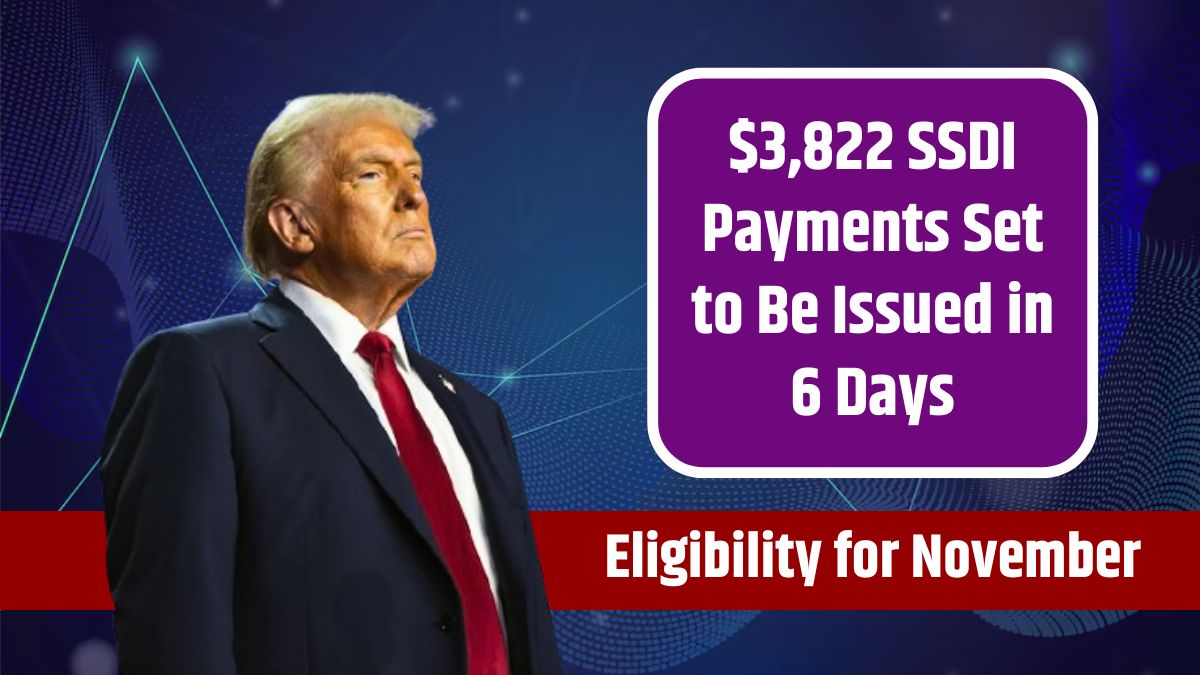The IRS has announced a Child Tax Credit refund of up to $3,600 per qualifying child, providing a substantial financial benefit for eligible families. This credit was designed to support households with children by reducing tax obligations and offering refunds in an effort to ease the current economic pressures. Here’s what you need to know about the Child Tax Credit and how to qualify for the maximum benefit.
Child Tax Credit
The Child Tax Credit is a federal tax credit designed to help families offset the cost of raising children. It provides up to $3,600 per child to qualified families, though the amount a family receives varies based on income and other factors. For some families, the credit can be applied to reduce taxes owed; others may receive part or all of it as a refund.
Refundable Amounts
While the maximum benefit is $3,600 per qualifying child, not all of it is refundable in cash for families with lower tax liabilities. Families with smaller tax obligations may not receive the full $3,600, but they can still benefit from a portion of the credit, making it a valuable support measure.
Eligibility Requirements
To qualify for the Child Tax Credit, families must meet specific IRS criteria. Here’s a breakdown of each requirement:
- Dependency: The child must be listed as a dependent on the taxpayer’s return.
- Residency: The child must have lived with the taxpayer for at least half of the year.
- Financial Support: The taxpayer must have covered at least half of the child’s living expenses.
- Social Security Number (SSN): The child must have a valid SSN to be eligible for the credit.
- Relationship: The child must be a direct relative of the taxpayer, such as a son, stepchild, sibling, or grandchild.
Income Limits
The Modified Adjusted Gross Income (MAGI) is also a crucial factor in determining eligibility for the full credit. According to IRS guidelines, the income limits for claiming the full Child Tax Credit are as follows:
- Married Couples Filing Jointly: Income limit of up to $400,000
- Single Filers: Income limit of up to $200,000
If your MAGI exceeds these thresholds, the Child Tax Credit amount will phase out gradually, reducing the benefit available per child.
How to Claim
To claim the Child Tax Credit, you need to file a federal tax return and list each qualifying child as a dependent. During the filing process, the IRS will calculate the refundable portion of the credit based on your total tax liability and income. Families are encouraged to gather necessary documents, such as birth certificates and SSNs, to avoid processing delays.
Financial Relief
The Child Tax Credit is a significant support measure for families with children, allowing parents and caregivers to reduce their tax burden and potentially receive cash refunds. By meeting eligibility requirements and accurately filing tax returns, eligible families can take full advantage of this financial benefit to help cover child-related expenses.
The IRS’s commitment to supporting families through credits like this one reflects an effort to ease the financial stress of raising children in today’s economy. With proper planning, eligible families can receive the maximum benefit and improve their financial stability.
FAQs
What is the maximum Child Tax Credit?
The maximum Child Tax Credit is $3,600 per child.
Who qualifies for the Child Tax Credit?
Eligibility requires a dependent child, residency, financial support, SSN, and MAGI limits.
How is the Child Tax Credit calculated?
The credit depends on income, tax obligations, and the number of dependents.
What are the income limits for full credit?
$400,000 for joint filers and $200,000 for single filers.
Can I receive the full $3,600 as a refund?
Not all families receive the full amount in cash; it depends on tax obligations.
















